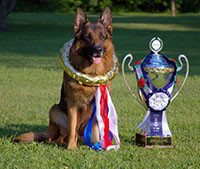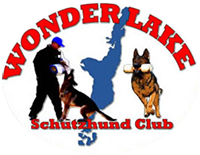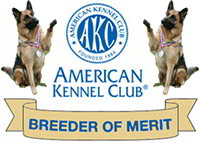Overview:
There are several distinct types of German Shepherds, each with its own build, temperament, and purpose. Some were bred for demanding work like law enforcement or competitive sport, while others were developed for show or companionship. Recognizing the differences helps you pick a dog that fits your lifestyle, energy level, and experience. A reliable GSD breeder can help you match with the right dog.
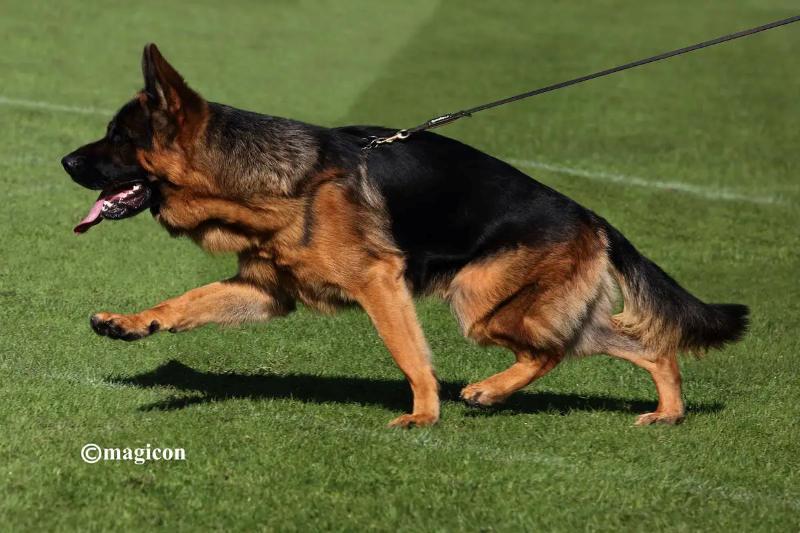
The German Shepherd dog is admired for its intelligence, loyalty, and versatility. While many people see them as a single breed with a familiar appearance, there are actually several types of German Shepherds, each with its own unique traits, history, and physical characteristics. These variations developed over time due to differences in breeding goals, work requirements, and regional preferences.
Whether you’re looking for a family companion, a working partner, or a show dog, knowing more about these types can help you identify the one that best suits your needs. Here, you can learn how to recognize their distinguishing features and better appreciate the diversity within this remarkable breed.
The Origin Of The German Shepherd Breed
The German Shepherd originated in late 19th‑century Germany as a herding and working dog. Captain Max von Stephanitz is credited with standardizing the breed, aiming for a dog that was highly intelligent, trainable, and physically capable of demanding tasks. Over time, breeders developed different lines to meet various needs, from herding and protection to sport and show competition.
These breeding focuses eventually led to the distinct variations we see today. While all German Shepherds share a common ancestry, differences in appearance, temperament, and movement emerged based on whether the dogs were bred for working ability, conformation shows, or a combination of both.
Working Line vs. Show Line German Shepherds
Before looking at the specific types, it helps to understand the main distinction between working line and show line German Shepherds. These two categories reflect different breeding goals, which influence both appearance and temperament.
Working Line
Working line GSDs are bred for capability and endurance in demanding roles such as police work, search and rescue, and military service. They typically have a straighter back, a more athletic build, and exceptional stamina. Their high work drive, intelligence, and focus make them ideal for performance‑based tasks, though they require experienced handling and plenty of physical and mental stimulation.
Show Line
Show line German Shepherds aim to meet conformation standards set by kennel clubs and breed organizations. They often display more angulated hindquarters, distinctive coat colors, and a refined outline. While they can still be active and trainable, their temperament is usually calmer compared to working lines. This makes them a popular choice for families and companion homes.
Both categories produce intelligent, loyal dogs, but their differences in structure, drive, and energy level make them better suited to different lifestyles. Within each category, there are several variations, each with its own traits and history.
The Types Of German Shepherds & Their Characteristics
German Shepherds may share the same breed name, but their appearance, temperament, and purpose can vary widely depending on their bloodline. These distinctions will help you recognize each type and choose the one that best fits your lifestyle.
West German Show Line
The West German Show Line is the most common type in conformation events and is bred to meet the strict German SV (Verein für Deutsche Schäferhunde) breed standard. They are valued for their balanced movement, steady temperament, and ability to perform basic working tasks in addition to excelling in the show ring. You can identify them through their:
- Rich black and red coat with defined saddle markings.
- Pronounced hindquarter angulation.
- Slightly sloped back.
- Balanced, fluid gait.
Owners drawn to this type appreciate their combination of elegance and capability. When given structure, engagement, and daily activity, West German Show Lines can be both beautiful and rewarding in partnership.
East German DDR Working Line
Bred during the Cold War for East Germany’s border patrol and military forces, DDR German Shepherds were designed for strength, stamina, and absolute dependability. Their broad frame, powerful build, and large head give them an unmistakable presence, while their dark sable or black coats add to their imposing look.
These dogs were expected to work in harsh conditions for long hours, and their exceptional endurance still reflects that heritage today. They approach every task with focus and determination, making them highly effective in serious working roles. However, their intensity demands an experienced handler who can provide structure, purpose, and consistent leadership.
Czech Working Line
Czech Working Lines were developed in the former Czechoslovakia with an emphasis on agility, stamina, and trainability. Slightly lighter and more athletic than DDR lines, they excel in high‑energy activities and working roles. Some of their notable qualities include:
- A fast, athletic frame built for agility and tracking.
- Intense concentration during training.
- Strong instincts for scent work and protection.
When engaged in challenging activities, they thrive both physically and mentally, forming strong bonds with their owners.
West German Working Line
The West German Working Line blends strong working ability with versatility. They excel in protection sports like Schutzhund (IPO/IGP) and real‑world working roles. While they can also be excellent companions, they require significant physical and mental stimulation. You can identify them through their:
- Balanced frame with moderate angulation.
- Darker coat colors, often sable or black and tan.
- Focused, intense gaze.
- Strong drive for training and work.
This line is a good choice for experienced owners seeking a trainable, high‑energy partner.
American Show Line
American Show Lines are bred primarily for AKC conformation events, with a focus on elegance and a calm, companion‑friendly nature. They tend to have a lighter build and a more pronounced slope to the back than European show lines. You’ll usually see them in the classic black and tan saddle pattern. While they are less intense than working lines, they still enjoy moderate exercise, structured training, and being an active part of the household.
Choosing The Right Type For You
With so many variations of the breed, finding the right type of German Shepherd starts with understanding what you want in a dog. Each line has strengths and traits that make it more compatible with certain lifestyles, experience levels, and long-term goals. Understanding the key differences will help you make a better match. Here are some practical ways to narrow it down:
| Owner’s Need | Recommended Lines | Why this fits |
| Ideal for families | American Show Lines; West German Show Lines | Generally more relaxed, loyal, beautiful companions with moderate drive |
| Best for professional tasks | DDR; Czech; West German Working Lines | Strong nerves and high drive; excel in protection work, military training, law enforcement |
| Great for competitive owners | Czech; West German Working Lines | Drive, focus, and build suited for Schutzhund, agility, and tracking |
| Good for structured activity | Working-line dogs (DDR/Czech/West German Working) | High energy and stamina; thrive with experienced owners who commit to training and daily work |
| Appearance-conscious whors | Show lines (West German; American) | Meet strict aesthetic standards; elegant coat patterns |
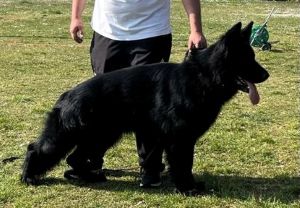
Whichever type you choose, remember that all German Shepherds require time, structure, and training. Matching the dog’s drive level and temperament to your goals ensures a better bond and a happier, healthier companion.
Appreciating The Variety In German Shepherds
Each type of German Shepherd brings something different to the table. Some thrive in high-drive environments where structure and purpose are part of daily life. Others offer stability and make reliable family companions when given the right training and outlet for their energy. Your daily routine, experience with dogs, and goals should shape your decision. Are you looking for a calm presence at home, or do you want a partner who can take on challenging physical tasks?
At Mittelwest German Shepherds, we don’t just breed for looks or titles. We take the time to understand each puppy and home, ensuring a match that works long after the first week. If you’re unsure which type is right for you, we can help. Reach out to us anytime, and we’ll guide you toward the German Shepherd that suits your needs, goals, and daily life.
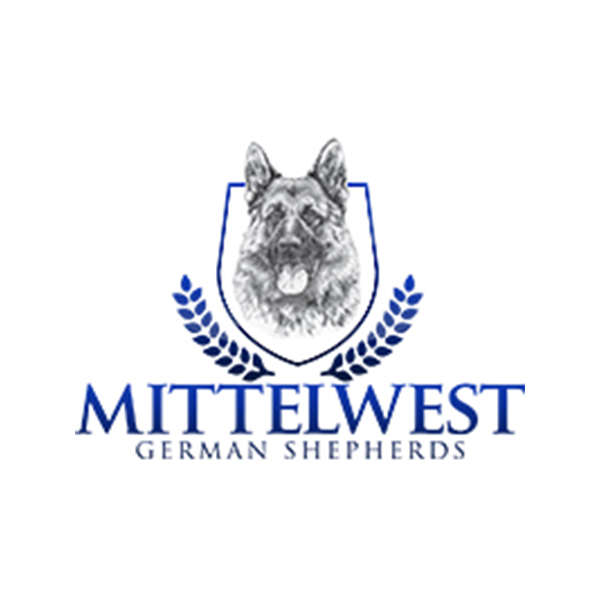
Julie Martinez is a German Shepherd breeder and the owner of Mittelwest German Shepherds in Wonder Lake, Illinois. She breeds German Shepherd Dogs under the “vom Mittelwest” kennel name and is listed as a breeder on the AKC Marketplace. Through her breeding program, Julie focuses on German-bred bloodlines and works with owners who value structure, temperament, and real-world working ability. She is also involved in local working-dog training through the Wonder Lake Schutzhund Club, where Mittelwest supports hands-on development such as tracking and club training.
